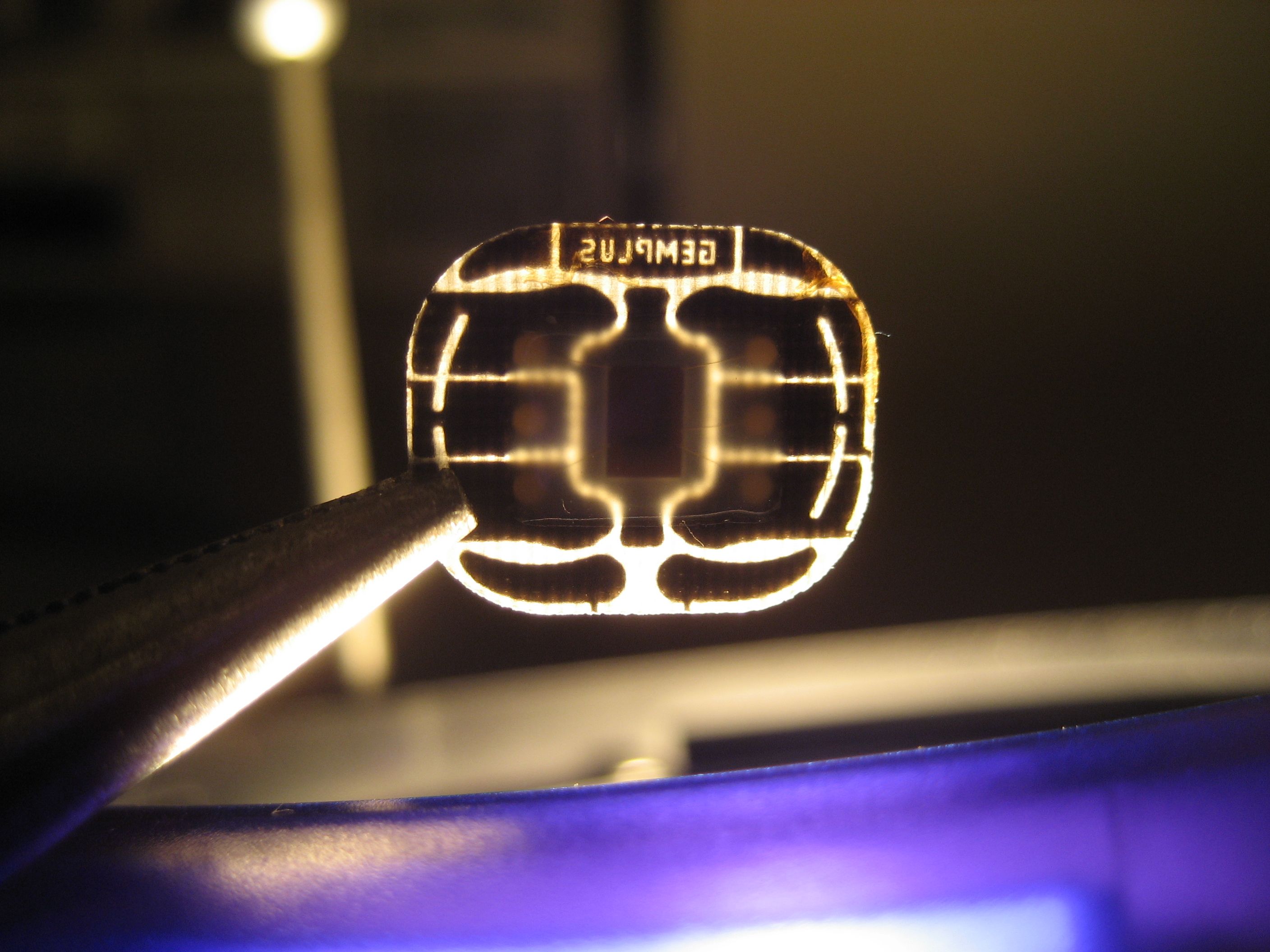If you want to use your smartphone, you'll need a SIM card of some sort. The Subscriber Identification Module (SIM) assigns you a phone number and connects your phone to a mobile network or carrier. Without a SIM, you can't call, text, or use any of the best data plans.
In recent years, the physical SIM card has been overshadowed by the eSIM, culminating in Apple's decision to remove physical SIM card slots from the iPhone 14 lineup. And while less well known, iSIM has the potential to eclipse both of these.
It certainly also gets a bit more complicated for cellular service providers. Certainly the present and future should provide subscribers with more options, if only providers were moving a bit quicker as we are not yet seeing all those options (choices are still thin on the ground).
See
SIM vs. eSIM vs. iSIM: What are the differences?#
technology #
SIM #
eSIM #
iSIM #
mobile 
Yes. your phone probably supports eSIM, but most US carriers would have preferred to arm-wrestle you than support them until recently. 📱💪🏻